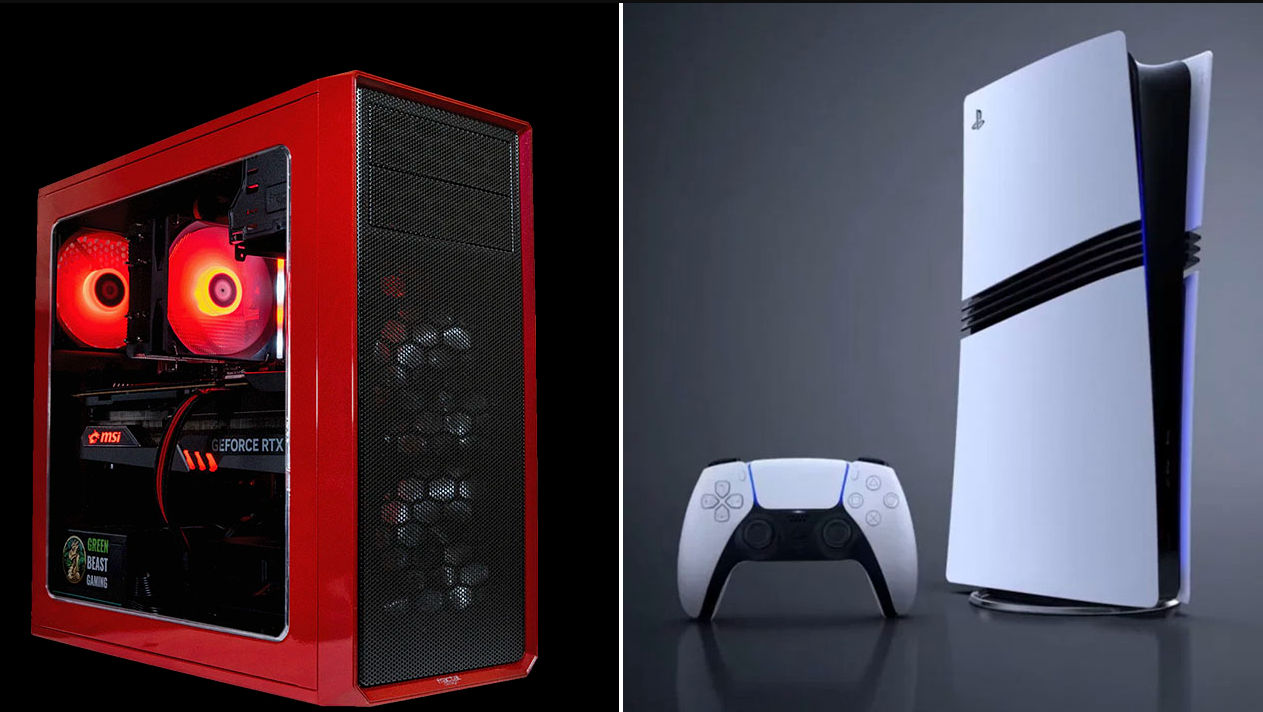Wood brushing is an ancient yet modern method of treating wood to give it a unique, textured appearance. This technique is widely used to create distinctive, vibrant surfaces on furniture, decorative elements and architectural structures. The main purpose of brushing is to highlight the hard fibres of wood by removing softer areas, making the grain more visible and tactile.
Basic tools for brushing wood
Brushing wood is a process that requires not only skill and patience, but also the right tools. The basic tools used in brushing include:
Brushes with Metal Bristles
These brushes are the first choice for rough wood brushing. They effectively remove soft fibres, highlighting the hard and distinctive grain of the wood. Important Features:
- Variety of stiffness: The stiffness of the bristles is determined by the material and thickness. Stiffer bristles are used for coarse brushing, while softer bristles are used for finer and more delicate work.
- Sizes: From small handheld to large, tool size is selected based on the size of the surface to be machined and the detail of the job.
- Application: Brushes with metal bristles are ideal for woods with a distinct pattern, such as oak or larch.
Brushes with Natural Bristles
After roughing with metal brushes, brushes with natural bristles are used for surface finishing. They smooth out micro irregularities and prepare the wood for the application of finishes.
- Bristle types: The most commonly used bristles are those made of pig bristles or other animal bristles. They have the perfect balance between flexibility and stiffness.
- Application: Excellent for finishing, lacquering or oiling, creating a smooth and even surface.
- Electric Brushing Machines
These machines are an efficient way to treat large wood surfaces, speeding up the brushing process considerably.
- Fast and efficient: The machines ensure uniform and fast processing, which is especially important when working with large volumes or on an industrial scale.
- Settings: Modern models allow you to adjust brush speed, pressure and other settings, making them versatile tools for a variety of applications.
- Brush variety: Depending on the model, the machines can use different types of brushes, including metal and natural brushes, providing a comprehensive treatment option.
Brushing Techniques: A Detailed Guide
Brushing is as much an art as it is a science, requiring attention to detail at every step of the process. Here’s a closer look at each step.
Choice of Wood
Species: Look for wood with a distinct grain and a clear fibre pattern. Oak, pine, larch, and other species with distinct annual rings and density differences between early and late wood are ideal.
- Quality: Choose wood without deep cracks, knots or other defects. Small irregularities and natural features can add uniqueness, but should not interfere with processing.
- Moisture: Make sure the wood is well dried. Wood that is too wet or dry may respond unevenly to treatment.
Surface preparation
- Cleaning: Remove all dirt, dust and residues of old coatings. This may require sanding or the use of specialised cleaning agents.
- Evenness: For best results, the surface should be as even as possible. Use sanders or hand tools for levelling.
- Drying: After cleaning, make sure the wood is completely dry before starting the brushing process.
Brushing process
- Metal Brush: Start with a coarse brushing using a metal brush. Move strictly along the wood grain to remove soft fibres and highlight the hard grain.
- Technique: Adjust pressure and speed for different effects. Softer pressure will create a finer texture, while stronger pressure will highlight deep and painterly patterns.
- Natural Brush: Once you’ve achieved the desired depth of texture, switch to a brush with natural bristles to smooth and refine the details.
Finishing Treatment
Cleaning: Before applying the finish coat, thoroughly clean dust and debris from the wood, possibly using an air compressor or soft cloth.
- Select Coating: Decide which coating you will use – varnish, oil, wax. Each type of coating will emphasise the texture differently and provide a different level of protection.
- Application: Apply the finish coat evenly, making sure it penetrates into all textural recesses. Several coats may be required to achieve the desired depth and protection.
Buyer’s tip: Selecting tools for wood brushing
When choosing wood brushing tools, consider the following points to make a considered and effective choice:
Define Project Goals: Understanding your goals will help you choose the right tools. If you are working on small projects or doing it as a hobby, hand brushes may be sufficient. For larger or frequent jobs, consider investing in an electric brush machine.
Explore Materials: Different wood species react differently to brushing. Learn which tools are best suited for your chosen species and which types of bristles (metal or natural) are most effective.
Quality above all else: Don’t skimp on quality. Good tools will not only make the job easier, but will also ensure a better end result. Quality brushes will last longer and provide even and efficient brushing.
Read Reviews and Testimonials: Before you buy, research reviews and testimonials from other craftsmen. The experience of other users can help you avoid common mistakes and choose the tools that best suit your needs.
Check Usability: Make sure the tools are comfortable to use. Ergonomic designs can significantly reduce fatigue and improve control over the brushing process.
Budget: Determine your budget, but remember that investing in more expensive, but higher quality tools often pays for itself in durability and quality of work.
Choosing wood brushing tools is an important decision that will affect the quality and efficiency of your work. Carefully consider the process, and you are sure to find tools that will last and help you realise your most creative ideas.
Take advantage of this unique opportunity to save money while purchasing quality woodworking tools! Go to reBITme and start saving today!




